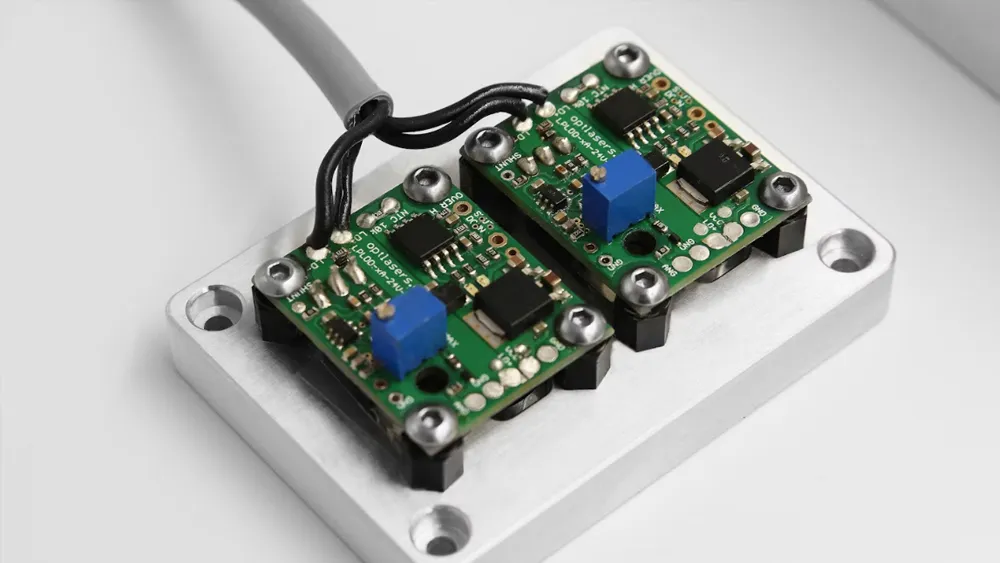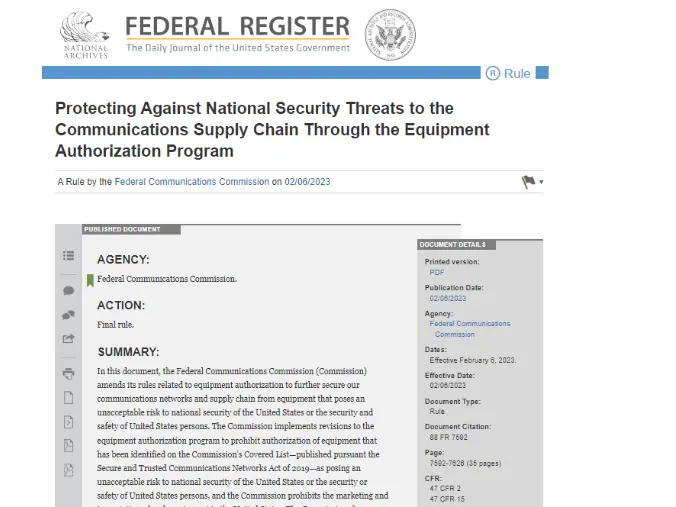
Compliance Guidelines for Button Cell Battery Packaging
Button cell batteries are small, round batteries shaped like buttons. They are also known as coin batteries or disc batteries. These batteries are commonly used in small electronic devices such as watches, calcULators, hearing aids, remote controls, and other portable devices. If the packaging of button cell batteries can be easily opened, children may gain access to them, leading to potential hazards:

Risk of Ingestion: Children might put the battery into their mouths, leading to accidental ingestion. If swallowed, the battery's cheMICals may leak, causing damage to the mouth and digestive tract, including tissue injury, blockage, and chemical burns.
Choking Hazard: Due to their small and round shape, batteries pose a choking risk if accidentally swallowed and not properly handled.
Therefore, this document aims to provide merchants with compliance guidance to help ensure their product packaging meets regulatory requirements, REDuce the risk of recalls, and protect consumers’ legitimate rights and interests.
Compliance Guidelines
All button cell battery packaging sold on Temu must be tested and comply with all applicable laws, safety standards, and Temu’s policies. To ensure legal sales in the marketplace and protect children’s safety, the following requirements must be met:
1. To prevent easy access by children, consider using child-resistant compartments and child-safety lock packaging:
a) Tool-Required Opening: The battery compartment must be designed to require a tool such as a screwdriver or coin to open. This ensures that only adults can easily access the battery compartment, preventing access by young children.
b) Dual Manual Operation: The battery compartment must require at least two independent, simultaneous manual actions to open. This design ensures that the battery compartment can only be opened by performing specific steps, reducing the risk of accidental child access.
2. Special Packaging Standards: Child-resistant packaging that complies with specified conformity tests must be used. Compliance testing must show that the packaging meets child-resistance requirements.
3. Safety Warnings: All packaging for button/coin batteries must clearly display warnings to alert consumers about the risks these batteries pose to children, and provide clear instructions on what to do if ingestion or insertion is suspected.
Further Reading
United States
- Safety Standard for Button Cell or Coin Batteries and Consumer Products Containing Such Batteries:
https://www.federalregister.gov/documents/2023/09/21/2023-20333/safety-standard-for-button-cell-or-coin-batteries-and-consumer-products-containing-such-batteries
- Child-Resistant Packaging Requirements under the Poison Prevention Packaging Standards:
https://www.ecfr.gov/current/title-16/chapter-II/subchapter-E/part-1700/section-1700.15
- Testing Procedures for Special Packaging:
https://www.ecfr.gov/current/title-16/chapter-II/subchapter-E/part-1700/section-1700.20
- Warning Label Requirements:
https://www.federalregister.gov/documents/2023/09/21/2023-20334/safety-standard-for-button-cell-or-coin-batteries-and-consumer-products-containing-such-batteries
European Union
- General Product Safety Regulation:
https://eur-lex.europa.eu/legal-content/EN/TXT/?uri=uriserv%3AOJ.L_.2023.135.01.0001.01.ENG&toc=OJ%3AL%3A2023%3A135%3ATOC
- European Standard EN 60086-4:
https://webstore.iec.ch/en/publication/71814
Australia
- Consumer Goods (Button/Coin Batteries) Safety Standard:
https://www.productsafety.gov.au/business/search-mandatory-standards/button-and-coin-batteries-mandatory-standards/button-and-coin-batteries-mandatory-safety-standard
- Consumer Goods (Button/Coin Batteries) Information Standard:
https://www.productsafety.gov.au/business/search-mandatory-standards/button-and-coin-batteries-mandatory-standards
Email:hello@jjrlab.com
Write your message here and send it to us
 What are ASTM F963 and CPSIA?
What are ASTM F963 and CPSIA?
 Comparison of ASTM F963 and EN 71
Comparison of ASTM F963 and EN 71
 How to get CSA C22.2 NO.256:14 Test Report?
How to get CSA C22.2 NO.256:14 Test Report?
 How much is the ISTA Amazon Packaging & Shippi
How much is the ISTA Amazon Packaging & Shippi
 Amazon Product Laboratory Testing Requirements
Amazon Product Laboratory Testing Requirements
 How to Get EPA Certificatio
How to Get EPA Certificatio
 What is EPA Certification in the United States?
What is EPA Certification in the United States?
 What is an FCC Registered Agent?
What is an FCC Registered Agent?
Leave us a message
24-hour online customer service at any time to respond, so that you worry!




